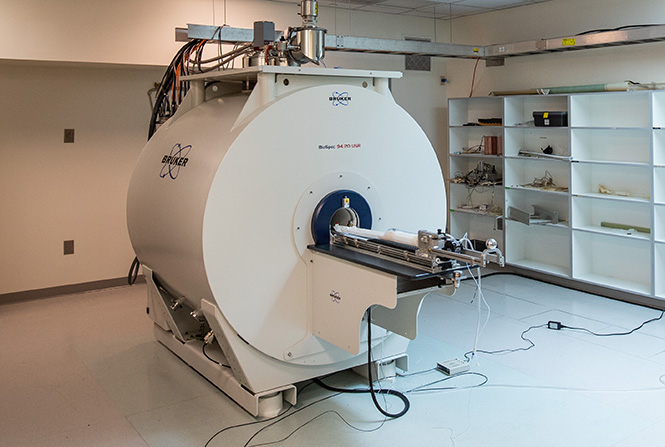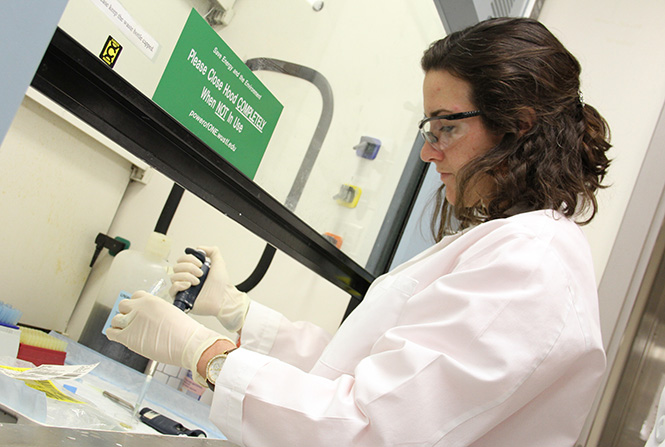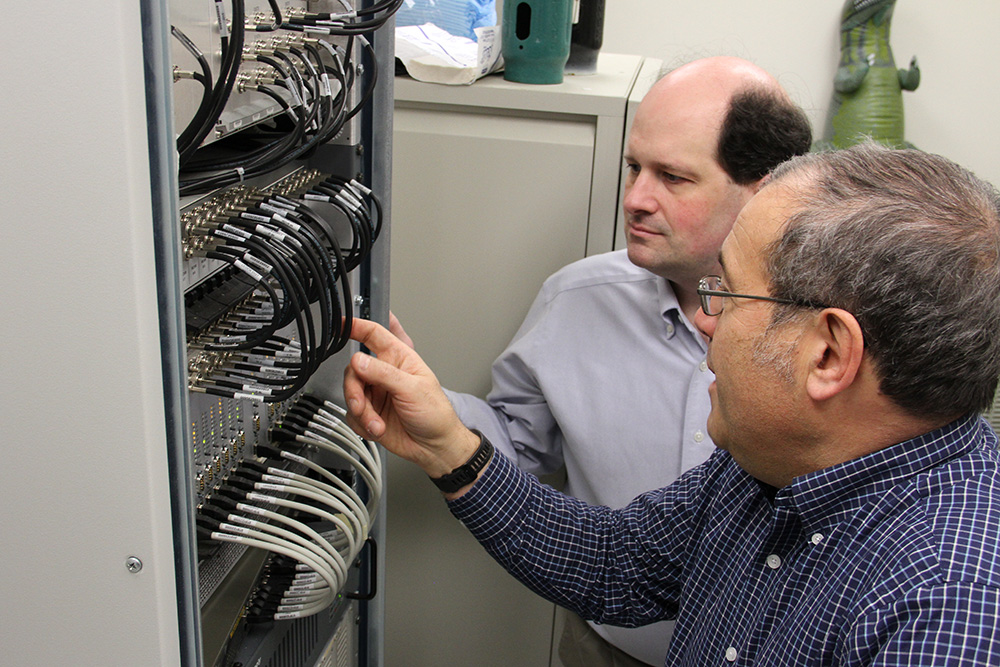Small Animal Magnetic Resonance Facility
Services & Equipment

Scanners

Space & Additional Equipment
Computational Software
Contact Us
For more information or to start a new project, email James Quirk, PhD.

FAQ
Helpful and important information about what we do and the services we offer.



